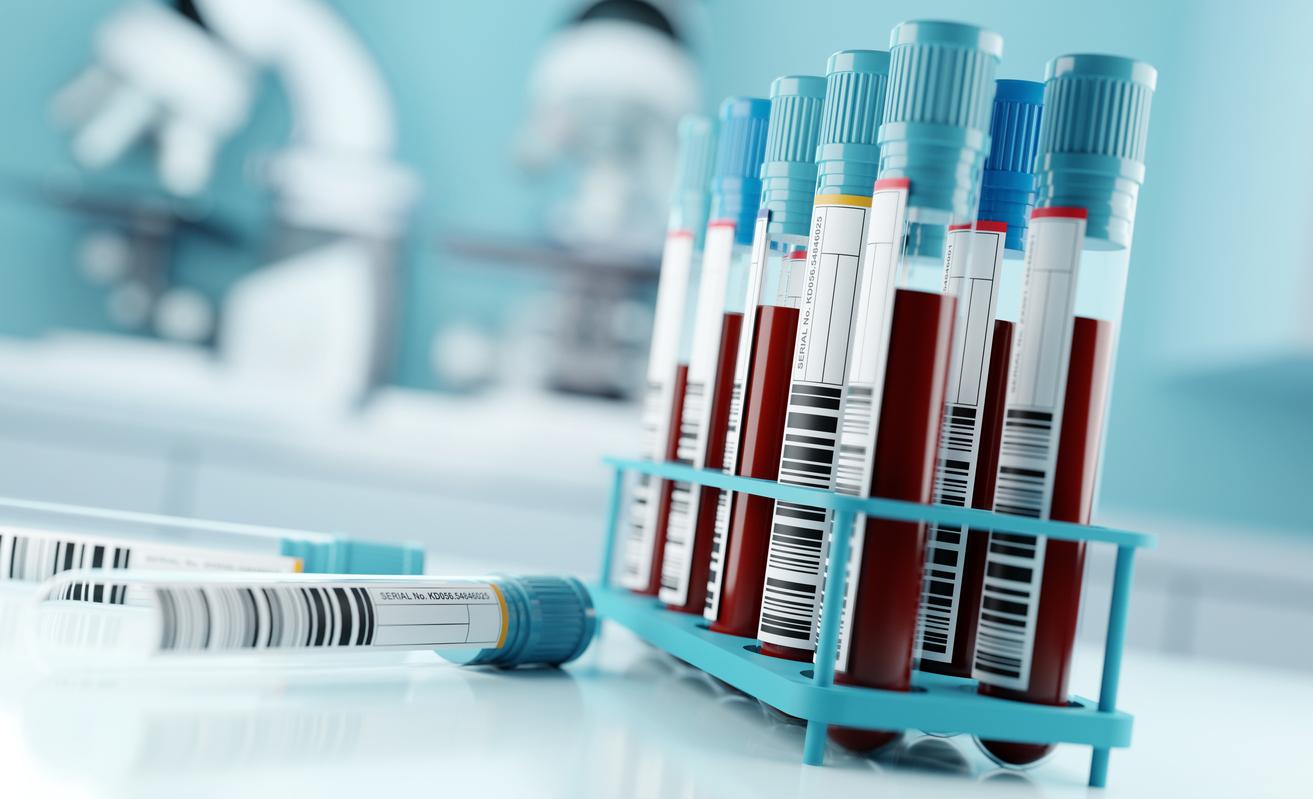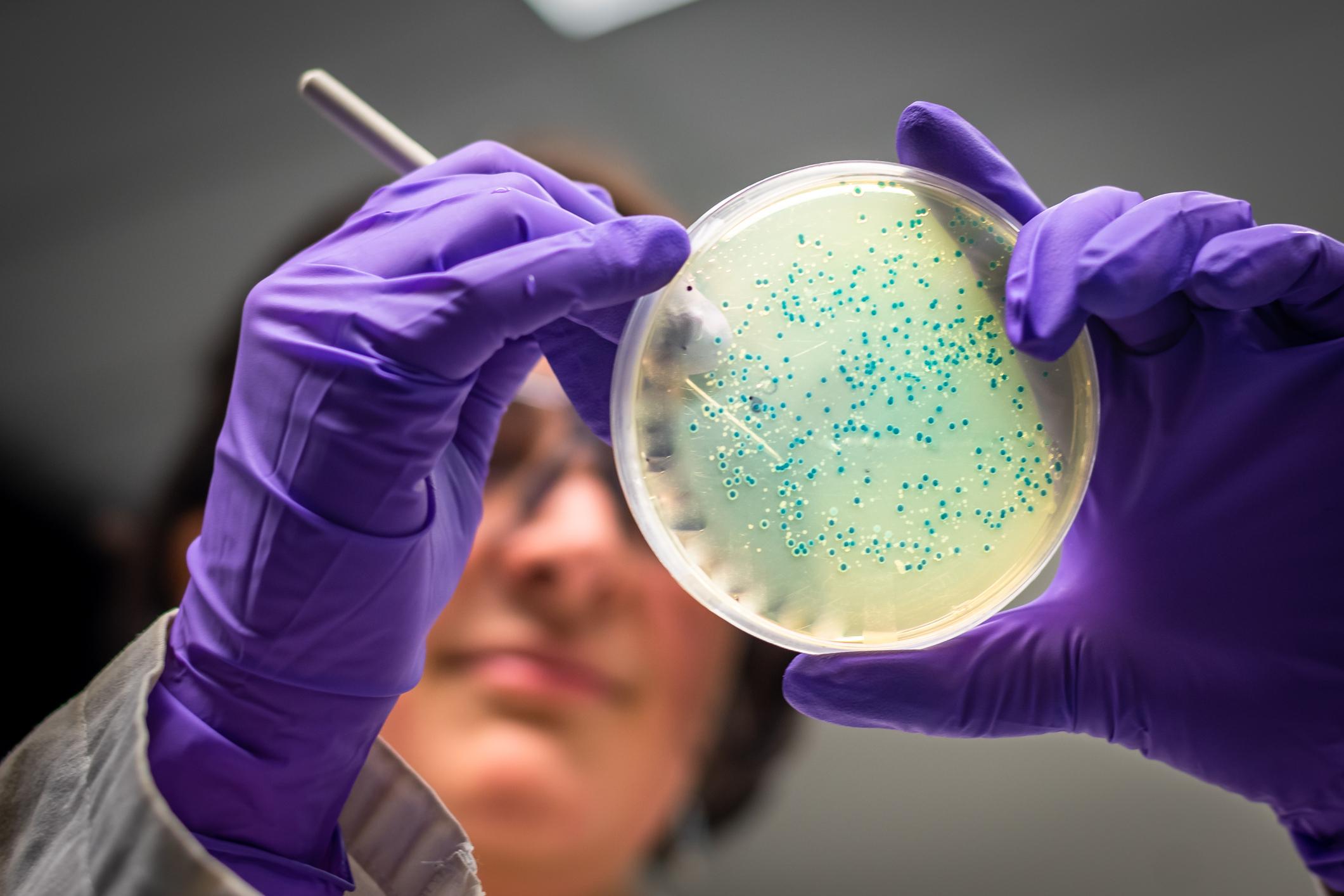Faced with the health danger posed by the growing resistance of superbugs, many researchers are working on the development of new antibiotics. Others, on the other hand, are exploring the trail of old drugs by testing their effects on resistant bacteria.
This is particularly the case of a team of researchers from Harvard University (United States) who have just brought out an old antibiotic discovered in 1948, the streptothricin, in order to test it on contemporary bacteria that are among the most resistant. “There is a clear need for several novel gram-negative agents that are unique in terms of antimicrobial class and potential vulnerabilities, and which can diversify our antimicrobial therapeutic portfolio,” the researchers point out in their study, published in the journal Plos Biology.
An old antibiotic that could benefit from new techniques
When discovered, streptothricin seemed to have particularly promising effects against Gram-negative bacteria, which are today particularly producers of resistance enzymes. But the drug made with this molecule had significant side effects on the kidneys and was therefore abandoned.
Thanks to new purification techniques, American researchers believe that streptothricin F could become “an effective bactericidal antibiotic against highly drug-resistant gram-negative bacteria”. Tested on mice, the antibiotic showed good results without the toxic effects on the kidneys.
Which bacteria are resistant to antibiotics?
The World Health Organization (WHO) has compiled a list of families of bacteria that pose the greatest danger to human health. This list was divided into three groups in order to define priorities.
In group 1, the most critical, are antibiotic-resistant bacteria that pose a particular threat in hospitals, nursing homes or in patients hospitalized at home and whose care requires blood catheters or ventilators. It includes bacteria that can cause serious and often fatal infections and have become resistant to the best antibiotics available, including 3rd generation cephalosporins. These are :
- Acinetobacter baumannii: resistant to carbapenems
- Pseudomonas aeruginosa: resistant to carbapenems
- Enterobacteriaceae: resistant to carbapenems
The 2nd and 3rd levels on the list include other bacteria that are resistant but cause more common illnesses like gonorrhea or food poisoning. In group 2, with high priority, we find:
- Enterococcus faecium: resistant to vancomycin
- Staphylococcus aureus: resistant to methicillin and vancomycin
- Helicobacter pylori: resistant to clarithromycin
- Campylobacter spp: resistant to fluoroquinolones
- Salmonellae: resistant to fluoroquinolones
- Neisseria gonorrhoeae: resistant to cephalosporins and fluoroquinolones
And in group 3, with medium priority, we find:
- Streptococcus pneumoniae: not susceptible to penicillin
- Haemophilus influenzae: resistant to ampicillin
- Shigella spp: resistant to fluoroquinolones
Source : Streptothricin F is a bactericidal antibiotic effective against highly drug-resistant gram-negative bacteria that interacts with the 30S subunit of the 70S ribosomePlos biology, May 2023


















